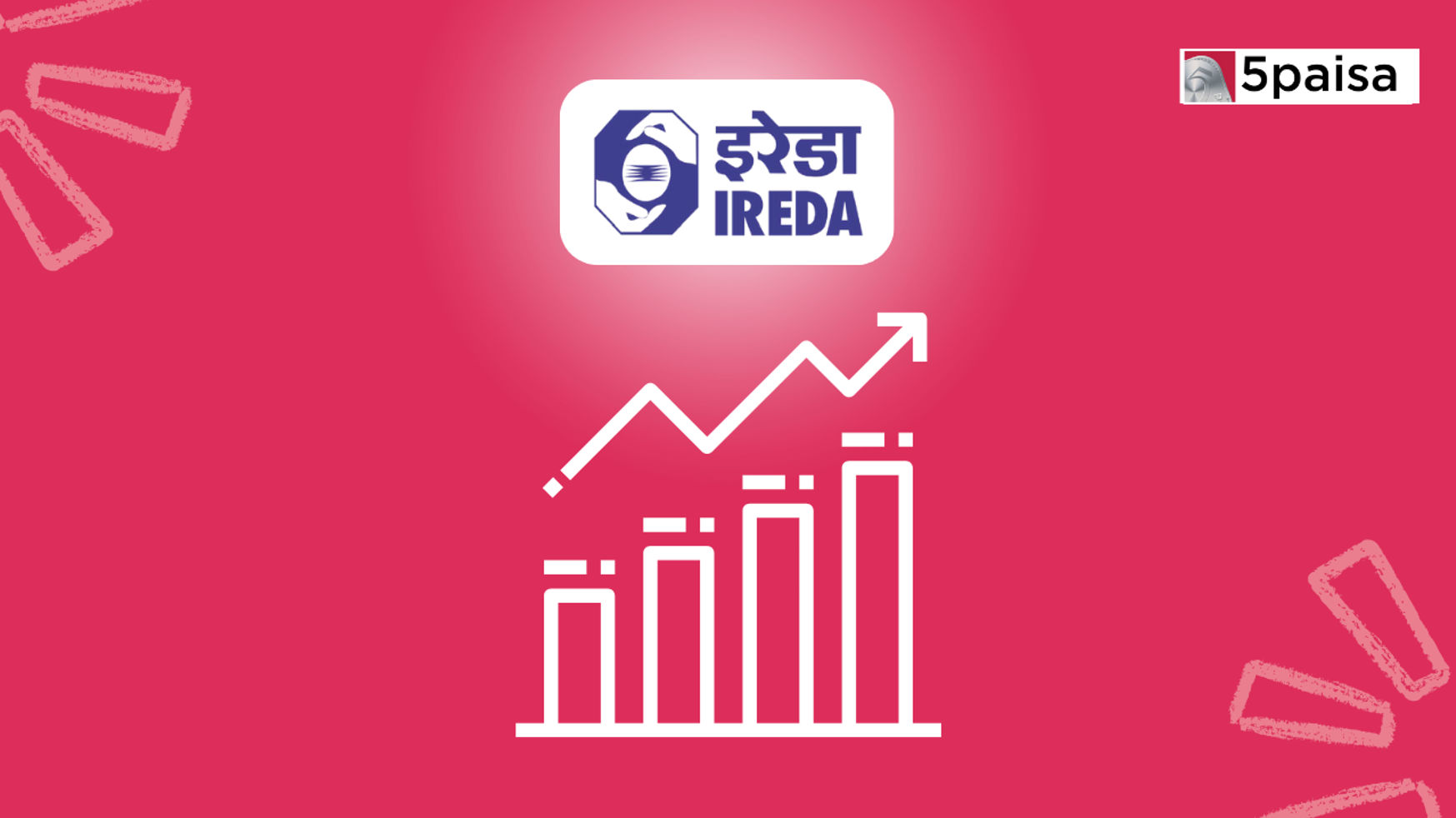Ipo Allotment Result

Initial Public Offerings (IPOs) are a thrilling prospect for investors eager to partake in a company’s growth story from its nascent stage. However, the journey to IPO participation doesn’t culminate with application; it extends to the crucial phase of IPO allotment results. This phase is where investors discover their allocation of shares and the scale of their participation in the newly offered stocks.
Unveiling the IPO Allotment Process
The IPO allotment process is a meticulous procedure managed by regulatory bodies, stock exchanges, and issuing companies. Once the IPO subscription window closes, the allocation process begins, employing a fair and transparent method to allocate shares among the multitude of applicants.
Several factors govern IPO allotment:
- Subscription Ratio: Demand for shares often exceeds supply, resulting in oversubscription. To manage this, companies may employ a subscription ratio, ensuring a fair allocation based on the number of shares available.
- Lot Size: Applicants must apply for shares in fixed quantities called “lots.” The lot size is predetermined and varies from one IPO to another. Investors may apply for multiple lots based on their investment capacity.
- Allotment Criteria: Certain IPOs have specific allotment criteria, such as preferential treatment for employees, existing shareholders, or high-net-worth individuals. Retail investors typically receive a portion of shares based on lottery or pro-rata basis.
Understanding IPO Allotment Result
Once the allotment process concludes, investors eagerly await the IPO allotment result, which can be checked through multiple channels:
- Registrar’s Website: The registrar, responsible for IPO allotment, typically provides an online portal where applicants can check their allotment status using application numbers or PAN card details.
- Stock Exchange Platforms: Stock exchanges also display IPO allotment statuses on their websites. Investors can find information regarding the number of shares allocated against their application.
- SMS/Email Notifications: Registrars often send notifications regarding allotment statuses via SMS or email to the applicants.
Deciphering Your Allotment Status
Upon accessing the IPO allotment result, investors may encounter various outcomes:
- Full Allotment: Congratulations! You’ve received the full number of shares applied for in the IPO.
- Partial Allotment: Investors might receive only a portion of the shares applied for due to oversubscription. The number of allotted shares will be mentioned.
- No Allotment: In some cases, applicants might not receive any shares due to oversubscription and other criteria. Funds blocked during the application process will be refunded.
Post-Allotment Actions
After understanding the IPO allotment status, investors can take the following steps:
- Payment and Listing: Investors allotted shares need to make the required payment within the stipulated time to secure their shares. After payment, the shares get listed on the stock exchange.
- Listing Day Trading: On the IPO’s listing day, investors can trade their allotted shares on the stock exchange, aiming to benefit from potential price fluctuations.
- Long-term Investment Strategy: Assess the company’s performance, fundamentals, and future prospects before deciding to hold the shares for the long term or consider short-term trading opportunities.
Conclusion
IPO allotment results are a critical phase in an investor’s journey, revealing their share allocation and subsequent steps in capitalizing on the IPO investment. It’s essential to stay informed, understand the nuances of the allotment process, and make informed decisions to leverage the opportunities presented by IPOs effectively.






